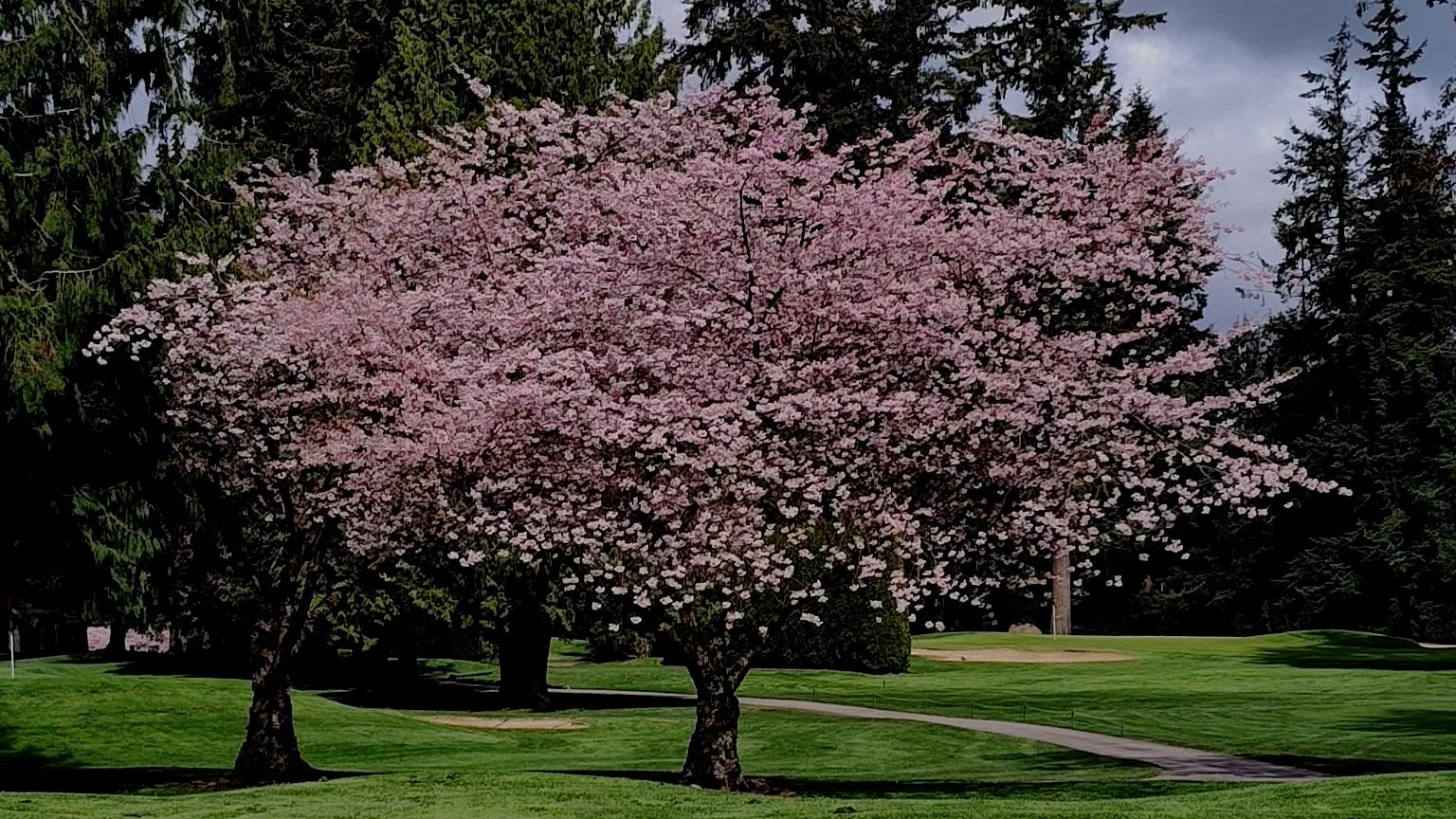The year was 1956, I was 8 years old and the family was on a vacation up the California coast. We were traveling up Hwy 101 and came into the town of Capitola which is near Santa Cruz. There along the side of the road was a nursery growing tuberous begonias and for this 8 year old kid it was love at first sight. Fast forward 6 years to my first job at the Coronado nursery (I can't believe they actually hired me at 14 years old) and one of my jobs was to pot up tuberous begonias. I thought I had died and gone to heaven. These shade loving plants come in both upright and hanging varieties and have colorful blooms that look like carnations on steroids. Far superior to the "non-stop" varieties on the market these days, these American tuberous begonias are extremely hard to find but worth the effort to locate them. With a little effort the tubers can be saved from year to year resulting in larger and larger plants each successive season. I have seen tubers the size of dessert plates.
Those early impressionable years of my youth left me with a fascination for begonias and to this day I still have an interest in the many variations of this fabulous Genus which brings me to the topic of bonfires, Bonfire Begonias that is.
Bonfire Begonias originate from the species of begonia called Begonia boliviensis. As the name indicates, Bolivian begonias originally came from the eastern sides of the Andes in Bolivia and Argentina. The arching stems of the Bolivian Begonia are clothed all summer in brilliant flowers, generally orange, pink or red. Flowers are in pairs or threes, and have four pointed segments often flaring at the ends. These fall off naturally when they are done blooming, so there is no need for "deadheading", and they will be replaced continually with new flowers. (At first glance one might think these begonias are actually fuchsias.) The leaves are pointed, similar to Angel-Wing Begonias and form clumps spreading to two feet wide and about one foot high. In the northwest we can grow Bonfires in morning sun to all day sun as long as they have plenty of water and they work equally well in hanging baskets as they do down in the flower beds. For a punch of hot orange/coral or pink you gotta try a Bonfire in your garden.
Moving on to the subject of bogs, carnivorous bog plants are the personification of total weirdness when it comes to the plant world and the really cool part about them is that we can grow them in our gardens very easily. (By the way, I am sure that these bizarre looking plants are living proof that aliens once inhabited this planet.) With some slight alterations to the soil and a bit of pond liner one can create a bog garden in no time at all or if you prefer you can grow them in containers where the drainage is controlled so they will stay moist year around. A small bog garden can be a real conversation piece and as an added bonus these plants are carnivorous and will help control unwanted insects like flies and mosquitos. Don't let yourself get "bogged down" with the intricacies of growing carnivorous plants. Come to our class this coming Saturday at 10 am here at the nursery and find out how simple it really is.


